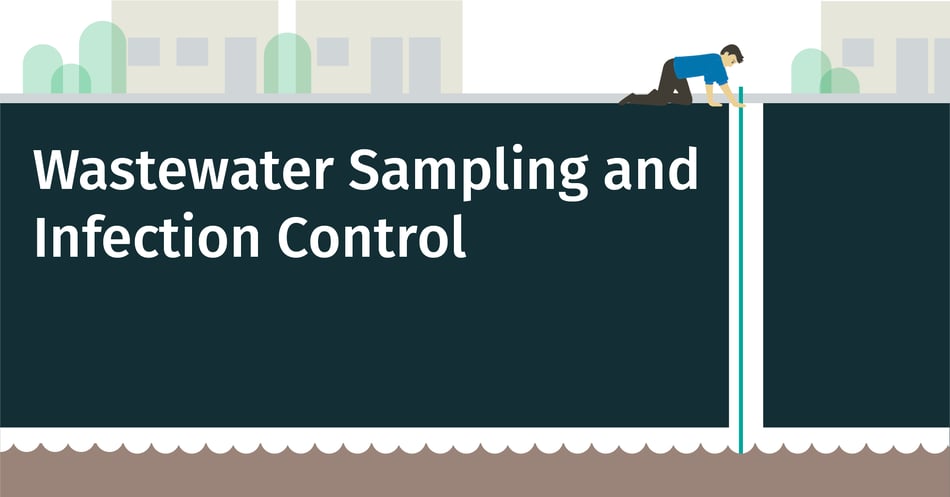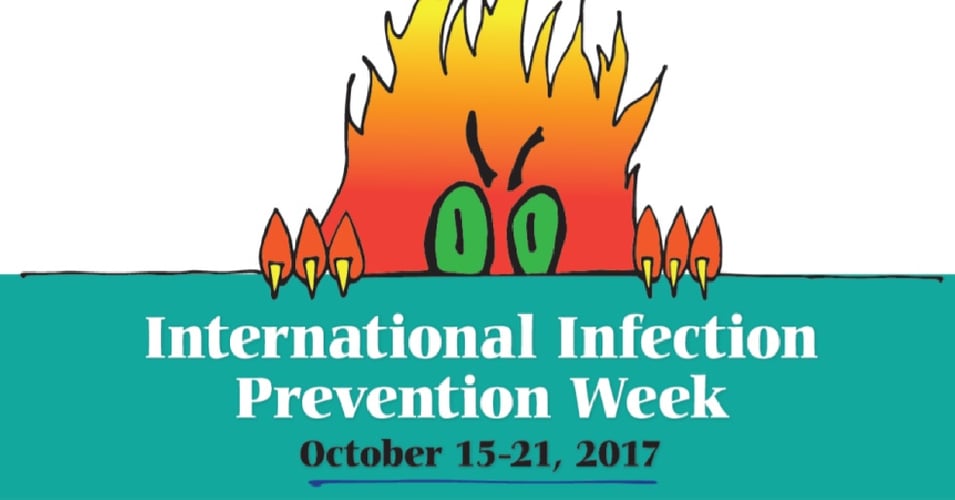Wastewater Sampling and Infection Control

 Wastewater and infection have a long and sordid history. Ever since humans began living in close, permanent quarters, we have had to deal with the issue of removing human waste and dirty water. We dumped waste into rivers, and when that wasn't sufficient, we invented plumbing and sewer systems. The discovery of the role pathogens play in the spread of disease led to even better sequestration of contaminated waste, which led to better community health overall. Today, we will look at the role this wastewater plays not in disease transmission, but rather, in disease surveillance and eradication.
Wastewater and infection have a long and sordid history. Ever since humans began living in close, permanent quarters, we have had to deal with the issue of removing human waste and dirty water. We dumped waste into rivers, and when that wasn't sufficient, we invented plumbing and sewer systems. The discovery of the role pathogens play in the spread of disease led to even better sequestration of contaminated waste, which led to better community health overall. Today, we will look at the role this wastewater plays not in disease transmission, but rather, in disease surveillance and eradication.
Let's first stop and take a moment to be thankful we live in a time and place where wastewater disappears with a simple flush or down a drain, never to be thought of again. We are fortunate to be able to avoid cholera, dysentery, hepatitis A, typhoid, and polio thanks to our water treatment plants that ensure that our wastewater is removed and clean water is readily available for washing, cooking, and drinking. Our clean water means that we can mostly ignore the risks of disease transmission through contaminated water. However, the very reason wastewater can be so dangerous is a reason why forward-thinking hospitals are sampling it: It's full of the pathogens being passed around the community.
These hospitals and medical facilities test water as a way to monitor for the presence of disease-causing pathogens. Even city health departments are now taking taking samples at water treatment plants or directly from sewers, testing for the presence of specific pathogens (such as SARS-CoV-2) as a way to anticipate potential surges in disease outbreaks.
During the polio outbreaks of the 1950s as well as in the communities where polio is still active (Nigeria, Afghanistan, and Pakistan), samples of wastewater can be tested as a way of detecting "silent circulation" of the virus, giving the medical professionals advance notice of surges as well as indicating where the virus is present but not causing cases severe enough to be tracked. Many other viruses have been similarly tracked using wastewater sampling.
Smaller-scale wastewater sampling is also conducted at hospitals and long-term nursing facilities. While it does not replace individual testing, this type of broad-stroke sampling gives hospital epidemiologists a picture of what pathogens are being shed by patients, including pathogens of interest such as Candida auris, Legionella pneumophila, or antibiotic-resistant organisms. If the target pathogen is detected, preventive measures can be taken, such as individual testing or isolation of vulnerable patients.
So how does wastewater sampling work? In general, wastewater is carried to water treatment plants where it is passed through various stages for removal of solids, oils, toxins, and finally, pathogens. Before that water is treated, it is teeming with organisms, from protozoans to bacteria and viruses. In order to isolate the target pathogen, a method called Polymerase Chain Reaction (PCR) is used, the same method used for COVID-19 tests these past two years. The sample is added to a solution that is pre-loaded with parts of the target pathogen's DNA. If the sample also contains parts of the target pathogen's DNA (because it was shed by a human into the water), those parts will connect to the parts in the PCR solution and can then be isolated and counted. Scientists can then compare results over a series of days or weeks in order to see trends.
During the COVID-19 pandemic, the federal government recognized wastewater sampling as an effective way to get community-level information that could anticipate future surges in positive cases. SARS-CoV-2 is highly contagious even before the infected person feels symptoms, so they might not get a test until 2-3 days after they've been contagious. If this is the case with hundreds or thousands of people in a community, wastewater samples will begin to show a surge in the presence of the virus many days before those positive tests start coming in. Armed with this information, policy-makers and hospital administrators can have more time to prepare and allocate resources. There are currently over 700 sampling sites which are reporting results to the National Wastewater Surveillance System, which in turn reports to the public via the COVID-19 dashboard.
We've come a long way from depending on literal "screens" to clean our water to actually using wastewater samples to screen for diseases. This type of clever innovation helps us stay ahead of diseases such as COVID-19 and Hospital Associated Infections (HAIs). It is a part of the toolkit used my medical facilities that are truly doing everything they can to prevent infection. In this case, one man's trash is truly another man's treasure.
![EOScu Logo - Dark - Outlined [07182023]-01](https://blog.eoscu.com/hubfs/Eoscu_June2024/Images/EOScu%20Logo%20-%20Dark%20-%20Outlined%20%5B07182023%5D-01.svg)




